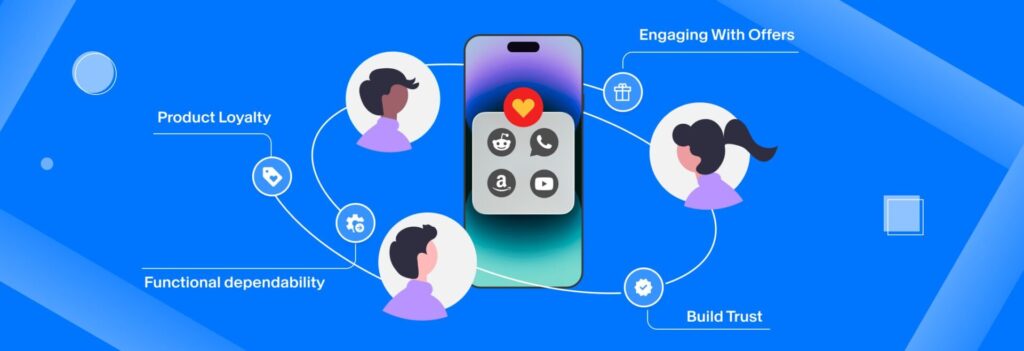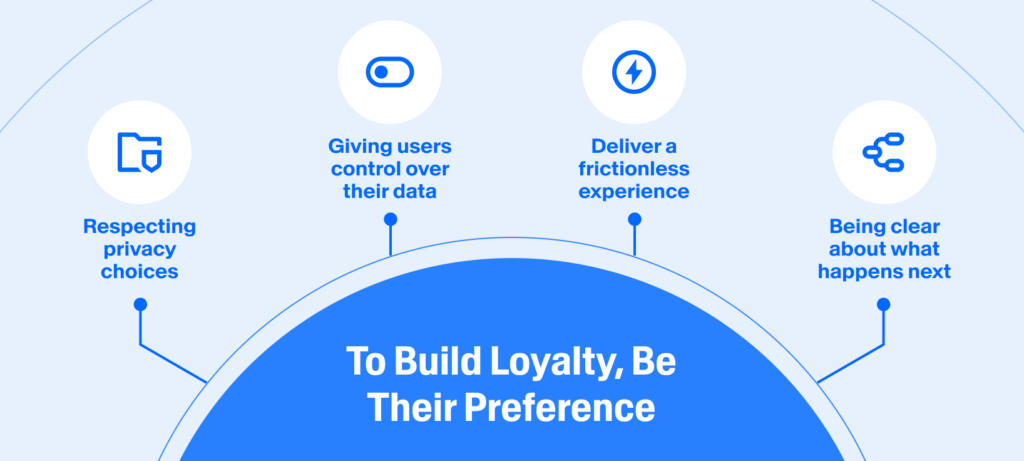We live in an era where alternatives to popular digital products sprout every month. Product loyalty at these times might seem like a relic of the past. After all, users can abandon your app with a single swipe or uninstall your product within seconds. And yet, some products have you coming back every day. Refreshing feeds, browsing options, and engaging with new offers even when we’re not actively thinking about it.
So, what makes the difference? Great digital products don’t just serve a need. They build trust and cultivate habits that feel indispensable. The real magic of product loyalty doesn’t lie in a one-time wow moment, but in long-term functional dependability.
Stuti Mazumdar - August 2025

“Users who continually find value in a product are more likely to tell their friends about it.”
— Nir Eyal in Hooked: How to Build Habit-Forming Products
What Makes a Great Hook?
At the core of loyal user behavior is one simple loop. It involves:
Trigger → Action → Reward → Investment.
This model, popularized by behavioral design experts, is the engine behind habit-forming experiences. But to build such a loop, UX in digital products must be frictionless at every stage. A small delay, an unclear instruction, or a missed opportunity to nudge users with error messages can break that cycle. That’s where design steps in.
Let us take you through some great ways to integrate habit formation into your digital products.
Building Trust is at the Core of Habit Formation
Before you create loyalty, you create consistency through your product. Only when users witness consistently great UX throughout the digital experience would they like to keep coming back for more. Users must trust that your product will deliver on what it promises every single time.
Hence, it is ideal to start small. Solve user problems that allow them to use your product and ensure a great experience repeatedly. Micro-interactions that provide positive nudges, feedback loops to understand friction areas, and load times that respect users’ time. In addition to this, clearly defined actionables or next steps with relevant information disclosed at appropriate points of a user journey are a must. These details may seem small on paper, but they definitely make a huge difference in how a product is perceived by and helps users.
Build on Emotion, Not Just Function
Often, loyalty is misunderstood as a reward system or a gamification trick that forces users to keep coming back. But points, badges, or leaderboards don’t mean much if the experience is subpar. Instead, loyalty stems from how a product makes users feel.
The key is their answers to questions like:
- Did the product solve a problem before I asked?
- Did it celebrate my progress?
- Did it reduce stress, or did it add to it?
These are the moments that create what we call “emotional touchpoints.” Small acts of delight can make users feel seen, nurturing their experience with the product.
Friction is Good When Defining Ownership
To Build Loyalty, Be Their Preference

The most trusted brands don’t rely on user dependency—they earn their trust by becoming a user’s preference. In a world of increasing transparency, loyalty can only be maintained by welcoming returns. It can look like:
- Giving users control over their data
- Respecting privacy choices
- Being clear about what happens next
- And providing the most frictionless experience out there



